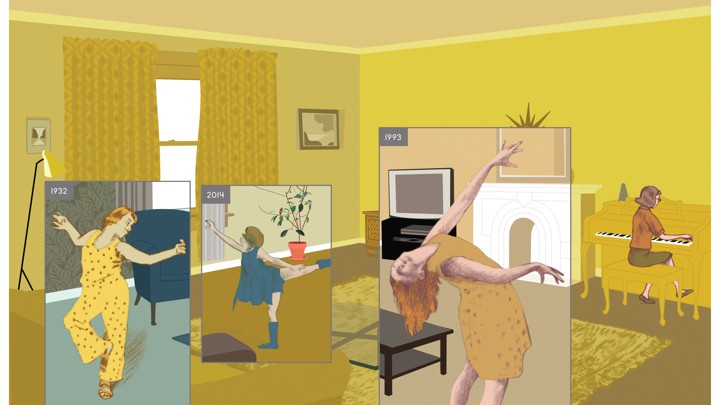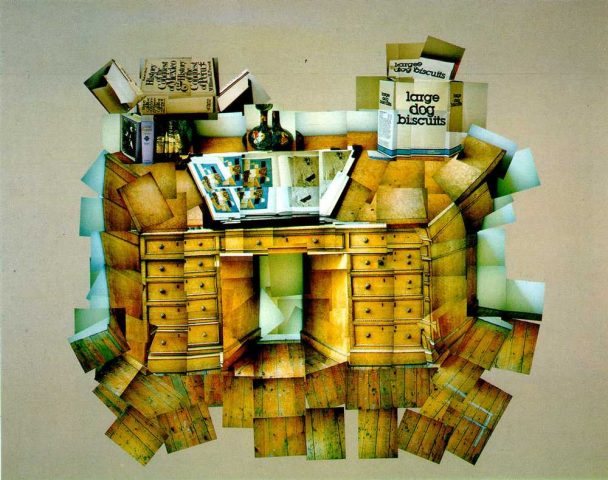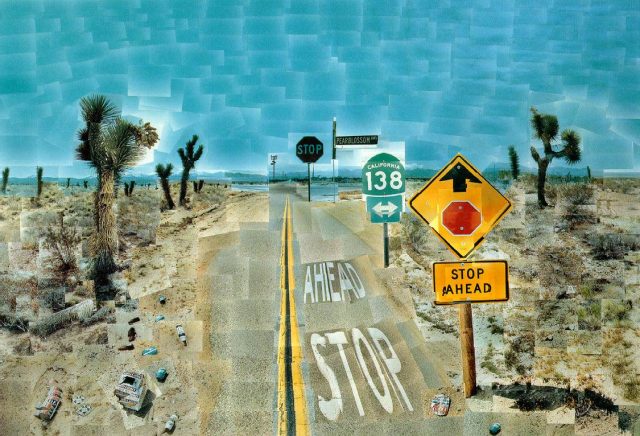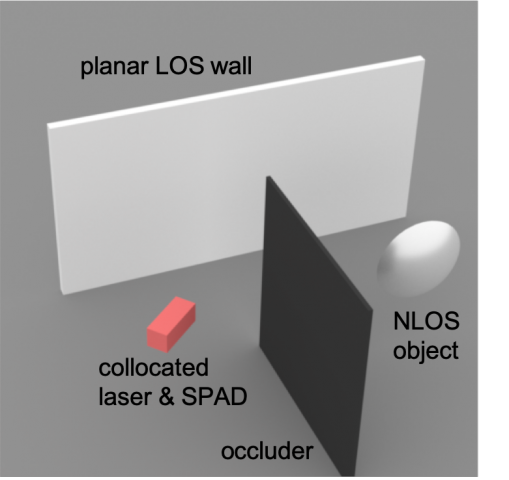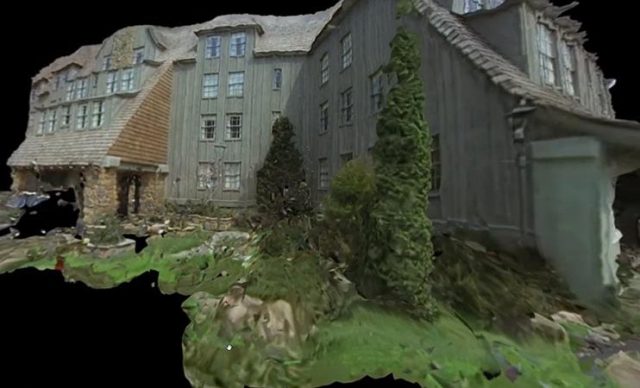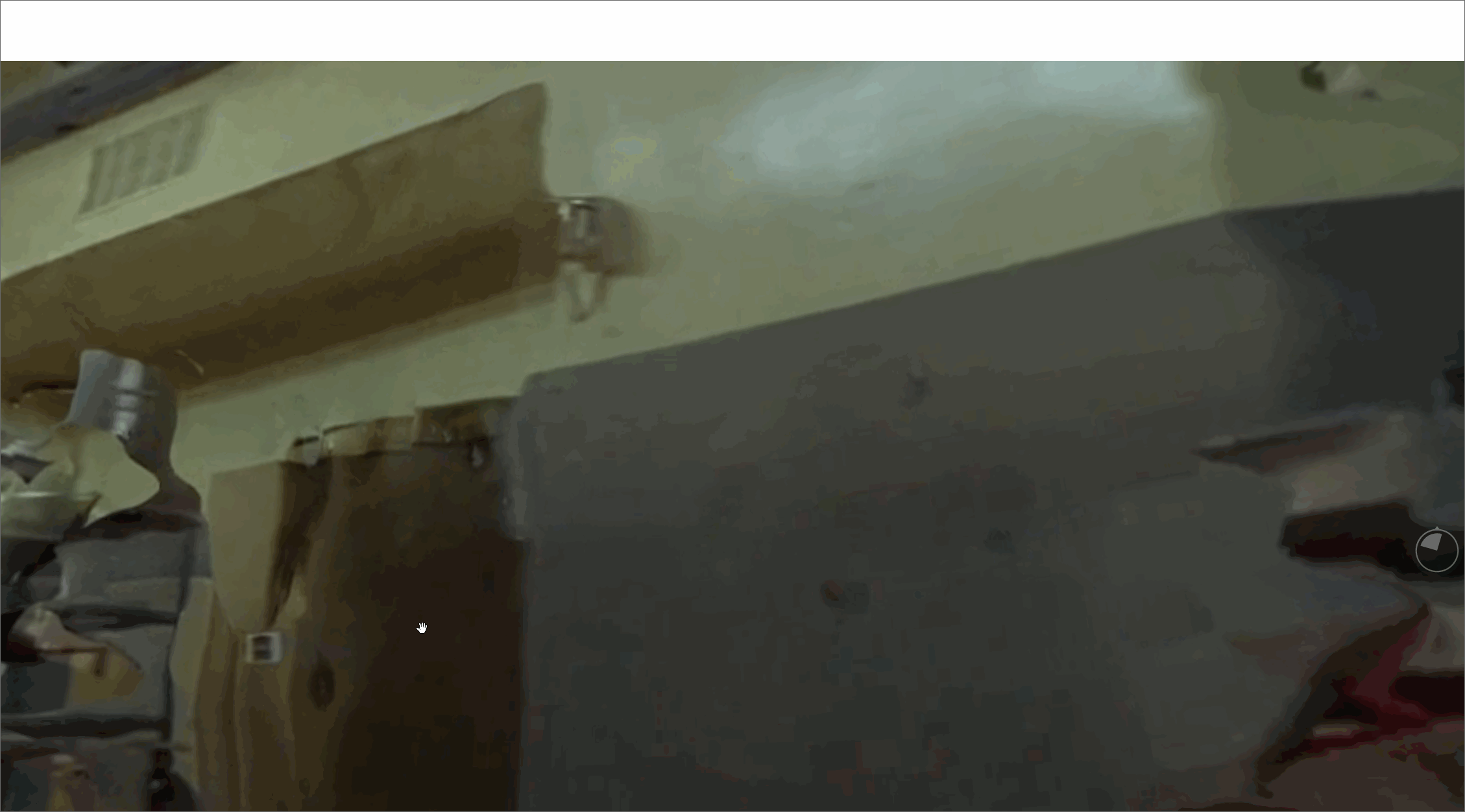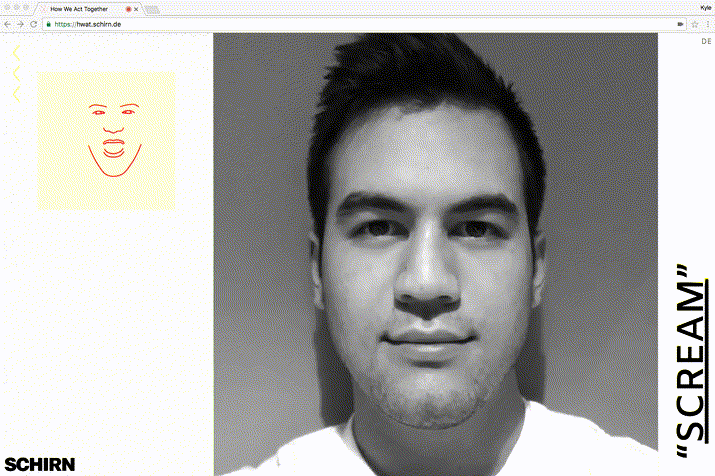Richard Mosse, The Enclave 2013

This is a film shot using 16mm color infrared film, a technology developed primarily for camouflage detection and used in the military during world war 2. The technology is able capture infrared light which is invisible to the human eye, and shows the chlorophyll reflected off of green plants, painting them in bright pink colors . The artists talks about his choice to look at the “invisible” (to the rest of the world) humanitarian crisis in the Congo, and using a film which “registers the invisible, and makes visible the unseeable”.
I first saw this work presented in the Portland Art Museum years ago, and find myself continually returning to it. I am drawn to not only the beauty in the images, and the way in which simply changing a color in a landscape so dramatically shifts the perception of the world it is portraying, but also to the way that this draws a viewer into the subject matter. I am not entirely sure of my stance on whether this lens and the ‘otherness’ it creates appropriately approaches the subject of the crisis it is observing (especially since it is created by an artist outside of the conflict itself). I think in this case this piece presents example of a photographic technology the produces a beautiful image of visually expanded and unseen elements in the world, as well as attention to potential issue and significance of the relationship between the lens/the image, and the subject it portrays.
images link

